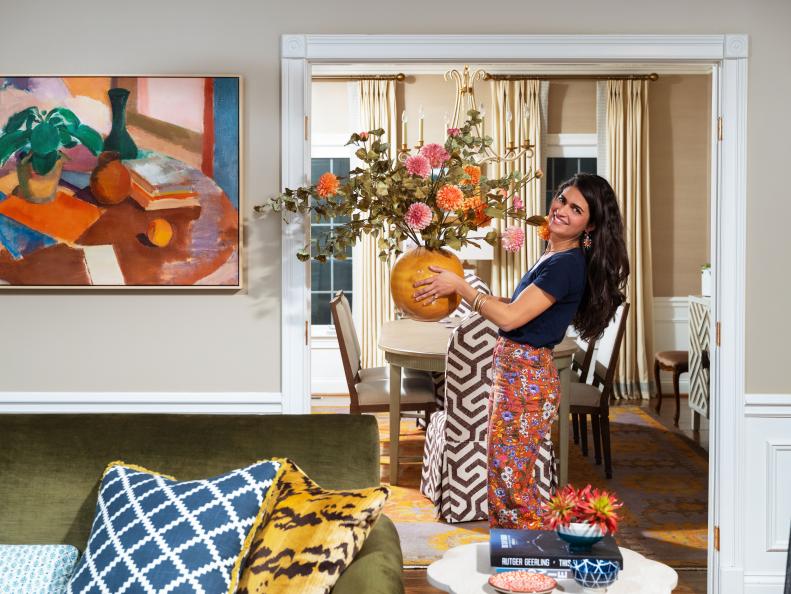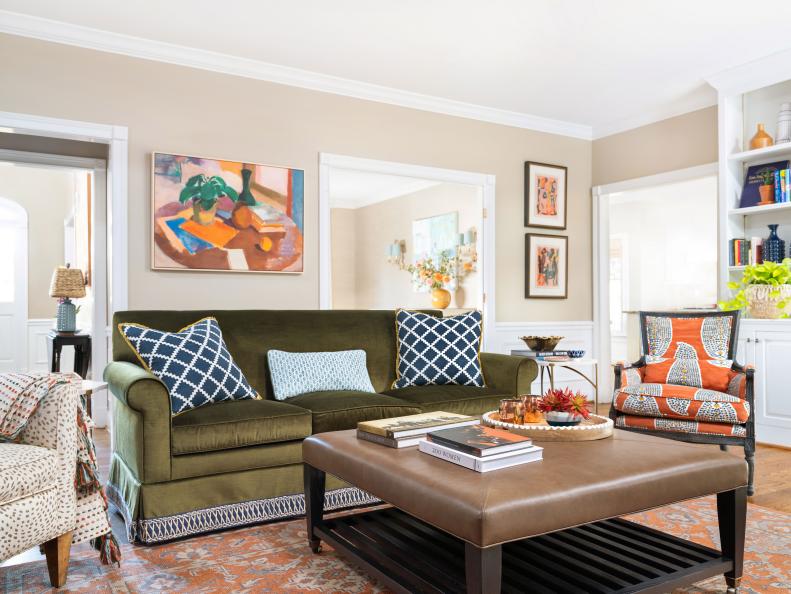1 / 26
Photo: Andrew Kung Photography
Meet Isabel Ladd
Meet Isabel Ladd — a Kentucky-based designer with a passion for maximalism and a knack for knowing exactly how to implement a mélange of colors, textures and patterns in a space without ever compromising on style.









